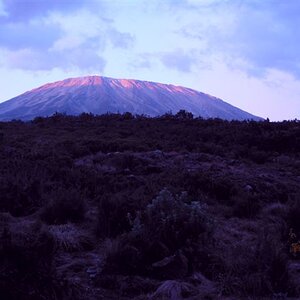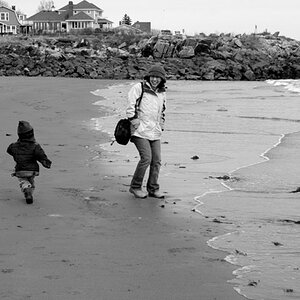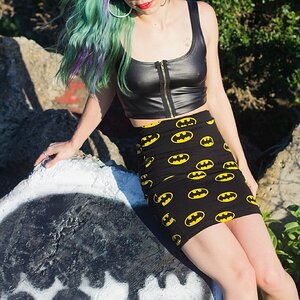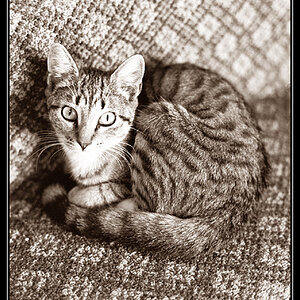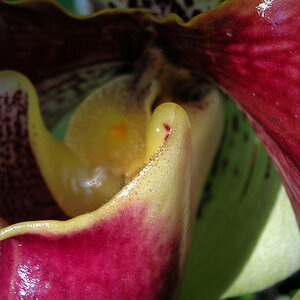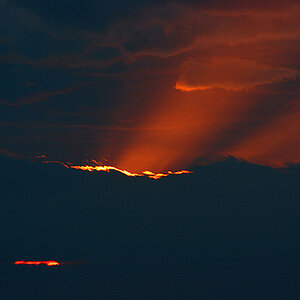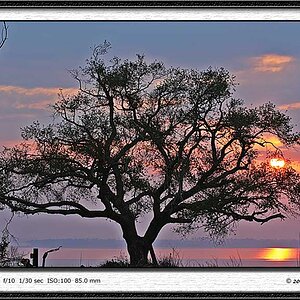danalec99
TPF Noob!
- Joined
- Mar 14, 2004
- Messages
- 8,345
- Reaction score
- 69
- Can others edit my Photos
- Photos NOT OK to edit
While I was browsing through Bambi Cantrell's work in her book, I noticed that in most of the images, she pulled her 3200 film to 1600
-Why not 400 pushed to 1600?
-What difference does both the action make?
-Is 1600 in both the process same?
Thanks,
Daniel
-Why not 400 pushed to 1600?
-What difference does both the action make?
-Is 1600 in both the process same?
Thanks,
Daniel


![[No title]](/data/xfmg/thumbnail/42/42057-1509913128bb1db2bc11235c05832fd4.jpg?1619739993)
